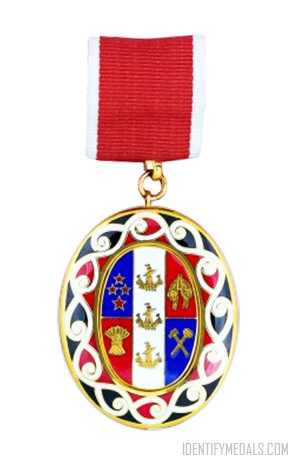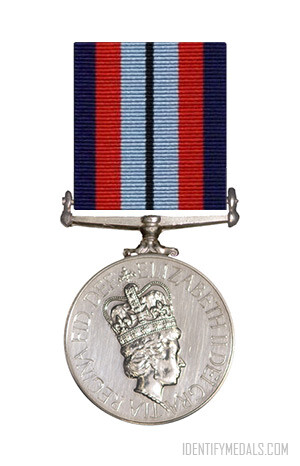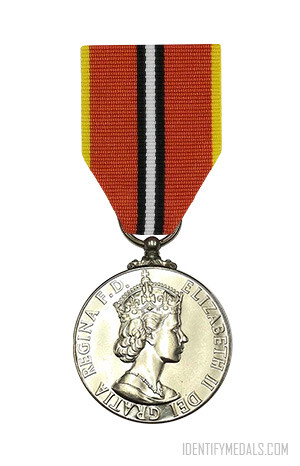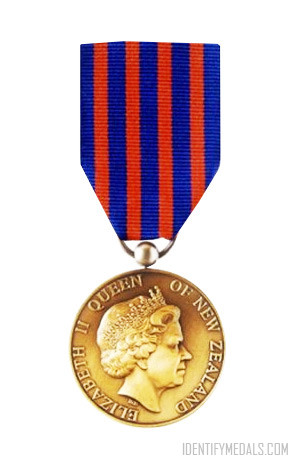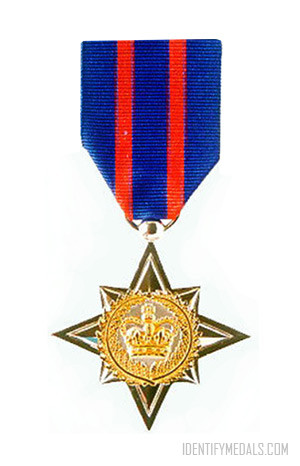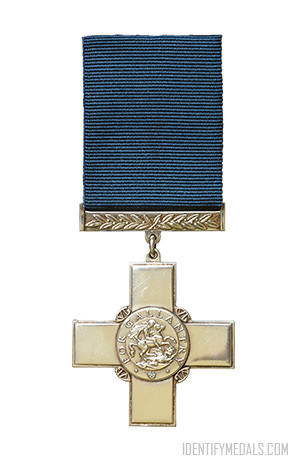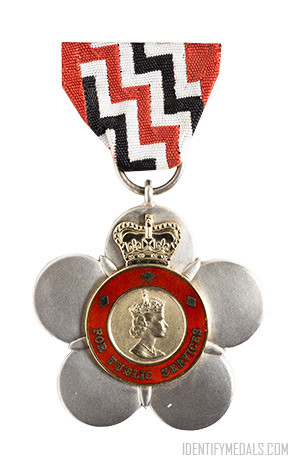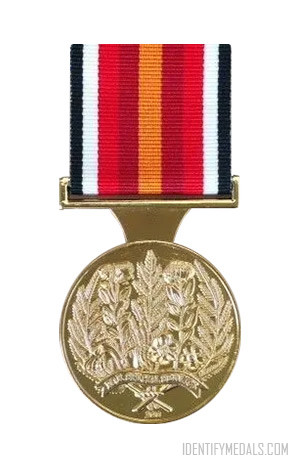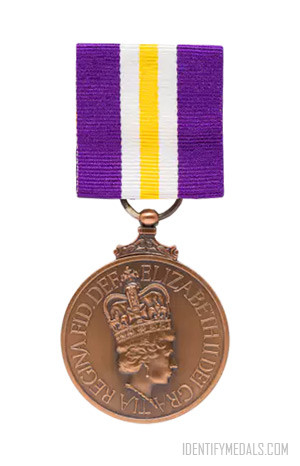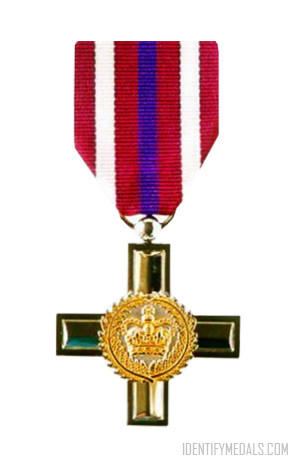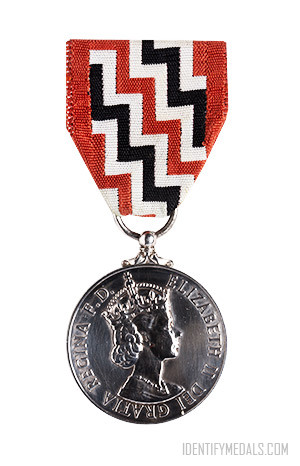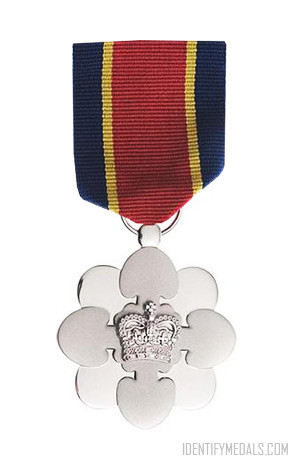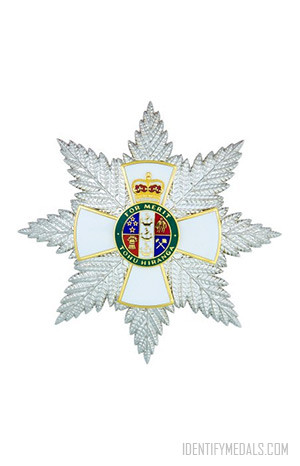- Time Period: Post-WW2
- Year of Institution: 6 February 1987
- Country: New Zealand
The Order of New Zealand represents the pinnacle of recognition within the New Zealand royal honors system. It was established on February 6, 1987, through a royal warrant, this prestigious order is designed to honor individuals who have demonstrated exceptional service to both the Crown and the people of New Zealand, whether in civil or military roles.
Appointments to the Order are made through a royal warrant under the monarch’s sign manual, following the prime minister’s advice. The order’s administration is overseen by a Secretary and Registrar, who holds the role of Clerk of the Executive Council.
The Order of New Zealand Classes
The Order of New Zealand consists of three classes categories of members:
- Sovereign
- Ordinary
- Honorary
The ordinary membership is limited to 20 living members, although this number can be lower at any given time. Additional members may be appointed to commemorate significant royal, state, or national events, such as anniversaries or jubilees. Notable occasions for these appointments include the Treaty of Waitangi’s 150th anniversary in 1990, the Queen’s Golden Jubilee in 2002, the 20th anniversary of the Order’s institution in 2007, the Queen’s Diamond Jubilee in 2012, the Queen’s Platinum Jubilee in 2022, and the coronation of King Charles III in 2023. Additional members share the same status as ordinary members.
Honorary membership is extended to citizens of countries where the Sovereign is not the head of state. All members, regardless of category, are entitled to use the post-nominal letters “ONZ.”
The Order of New Zealand Design
The insignia of the Order features an oval-shaped medallion adorned with the New Zealand coat of arms in brilliant gold and vibrant enamel colors. It is traditionally worn suspended from a white and ochre ribbon around the neck for men, while women wear it as a bow on their left shoulder.

